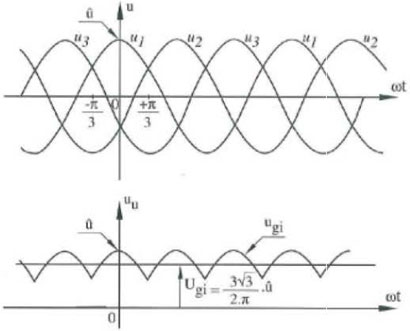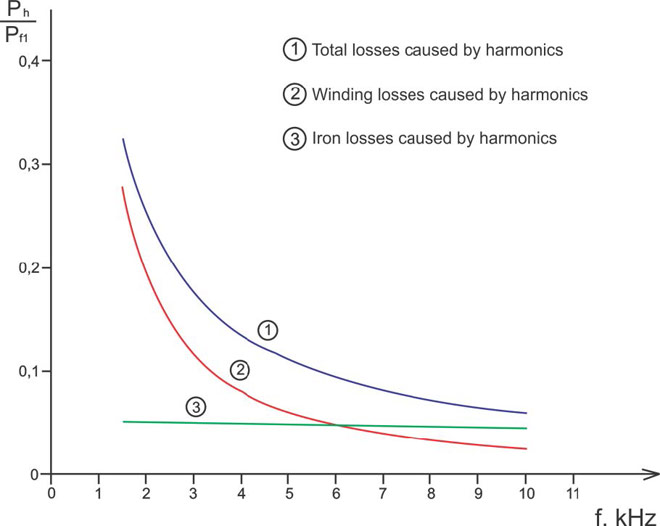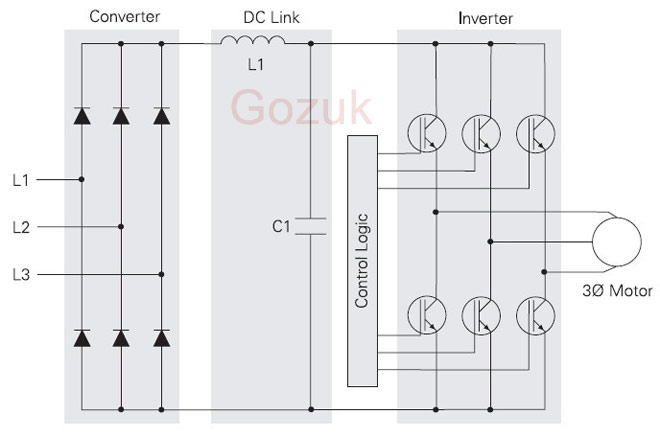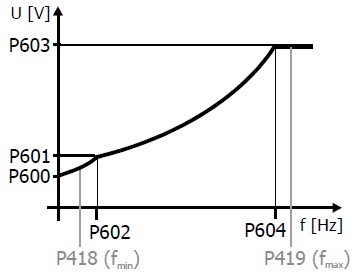Consider asynchronous induction motor as precise servo axis
The short answer is, "yes", with a few caveats:
This sort of performance is available only in conjunction with a high-performance flux-vector variable frequency drive controller. Three variable frequency drive controllers up to the task are:
a.) Gozuk EDS AC flux-vector variable frequency drive controller.
b.) ABB ACS-800 AC drive controller with direct-torque control.
c.) Emerson - Control Techniques "Uni-Drive" in full flux-vector mode.
You need solid closed-loop feedback to get high-performance, position-compensated control, but you also have to carefully-design the application. Some things to consider are:
d.) Response. Do you need this motor to, "stand on its ear", and, "stop on a dime"?
e.) Inertia: If possible, you need to calculate the mass moment of inertia: especially, taking into account the reflected inertia.
f.) Overall feed rate: Solid rules of thumb are to design the axis to operate at no less than half the rated, base motor velocity, and to design maximum gear-in velocity to occur at 95-% of the command reference. This is critical: you have to allow the servo axis to be able to correct at the maximum feed rate.
g.) Design tip: Never, under any circumstance, treat the drive controller as a, "variable-modulo gear reducer". Too many companies over-advertise their variable frequency drive controllers, especially full-blown servo amplifiers as having the capability of operating at ultra-low velocity gradients. They probably can, and initially, the solution will probably work well, because the mechanics are stiff. Lose that stiffness, and now, you're in a pickle.
In closing, unless you're looking for resolutions in the neighborhood of 0.05-RPM, you don't have to employ a full-blown servo amplifier / motor combination.
This sort of performance is available only in conjunction with a high-performance flux-vector variable frequency drive controller. Three variable frequency drive controllers up to the task are:
a.) Gozuk EDS AC flux-vector variable frequency drive controller.
b.) ABB ACS-800 AC drive controller with direct-torque control.
c.) Emerson - Control Techniques "Uni-Drive" in full flux-vector mode.
You need solid closed-loop feedback to get high-performance, position-compensated control, but you also have to carefully-design the application. Some things to consider are:
d.) Response. Do you need this motor to, "stand on its ear", and, "stop on a dime"?
e.) Inertia: If possible, you need to calculate the mass moment of inertia: especially, taking into account the reflected inertia.
f.) Overall feed rate: Solid rules of thumb are to design the axis to operate at no less than half the rated, base motor velocity, and to design maximum gear-in velocity to occur at 95-% of the command reference. This is critical: you have to allow the servo axis to be able to correct at the maximum feed rate.
g.) Design tip: Never, under any circumstance, treat the drive controller as a, "variable-modulo gear reducer". Too many companies over-advertise their variable frequency drive controllers, especially full-blown servo amplifiers as having the capability of operating at ultra-low velocity gradients. They probably can, and initially, the solution will probably work well, because the mechanics are stiff. Lose that stiffness, and now, you're in a pickle.
In closing, unless you're looking for resolutions in the neighborhood of 0.05-RPM, you don't have to employ a full-blown servo amplifier / motor combination.
Post a Comment:
You may also like:
Featured Articles
Variable frequency drive Rectifier
 To understand variable frequency drive (VFD) better, it's necessary to explain some of the main parts of the variable frequency ...
To understand variable frequency drive (VFD) better, it's necessary to explain some of the main parts of the variable frequency ...
 To understand variable frequency drive (VFD) better, it's necessary to explain some of the main parts of the variable frequency ...
To understand variable frequency drive (VFD) better, it's necessary to explain some of the main parts of the variable frequency ...VFD controlled Induction motor ...
 This paper presents a procedure to measure the efficiency on an induction motor fed by a VFD by the all operation range to speed ...
This paper presents a procedure to measure the efficiency on an induction motor fed by a VFD by the all operation range to speed ...
 This paper presents a procedure to measure the efficiency on an induction motor fed by a VFD by the all operation range to speed ...
This paper presents a procedure to measure the efficiency on an induction motor fed by a VFD by the all operation range to speed ...VFD: Pulse Width Modulation (PWM)
 Pulse Width Modulation (PWM) VFDs provide a more sinusoidal current output to control frequency and voltage supplied to an AC ...
Pulse Width Modulation (PWM) VFDs provide a more sinusoidal current output to control frequency and voltage supplied to an AC ...
 Pulse Width Modulation (PWM) VFDs provide a more sinusoidal current output to control frequency and voltage supplied to an AC ...
Pulse Width Modulation (PWM) VFDs provide a more sinusoidal current output to control frequency and voltage supplied to an AC ...Variable frequency drive Advantages & ...
VFDs are good for variable speed, in a water pump this is used to maintain a steady pressure, they will smooth out variances in ...
Variable frequency drive Energy saving
 Energy can be saved in a VFD by reducing the losses in the electric motor or by reducing the energy consumption of the variable ...
Energy can be saved in a VFD by reducing the losses in the electric motor or by reducing the energy consumption of the variable ...
 Energy can be saved in a VFD by reducing the losses in the electric motor or by reducing the energy consumption of the variable ...
Energy can be saved in a VFD by reducing the losses in the electric motor or by reducing the energy consumption of the variable ...
VFD manufacturers
